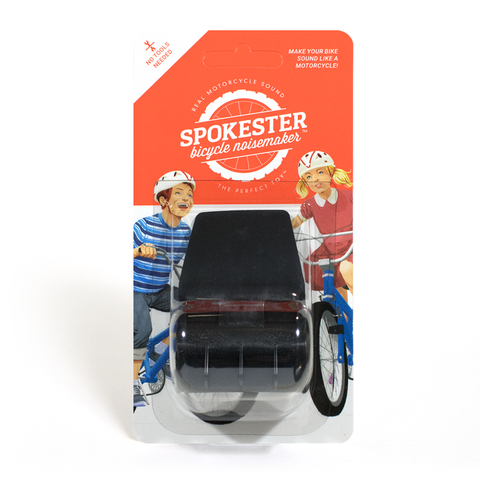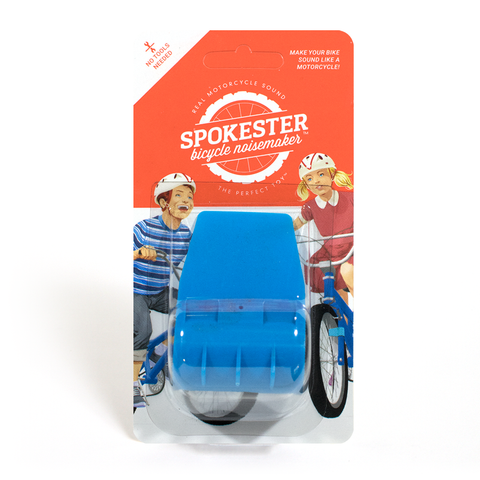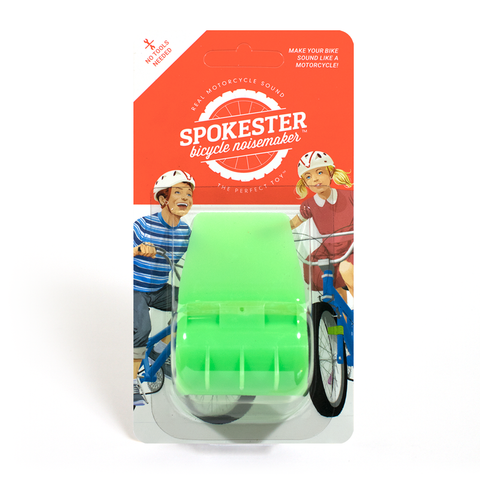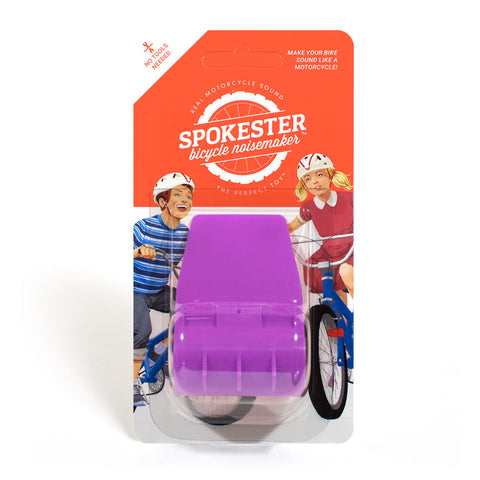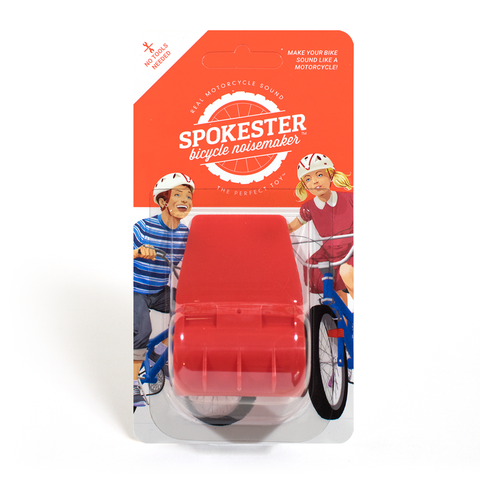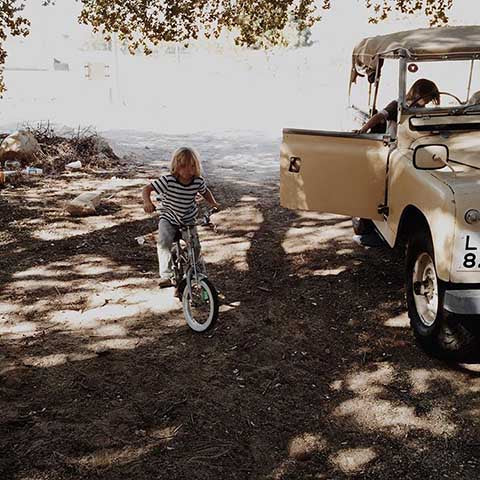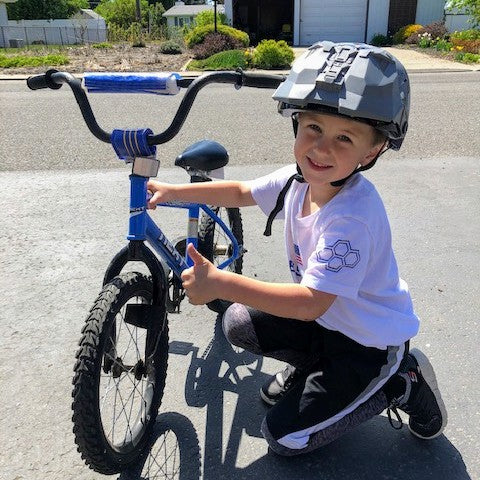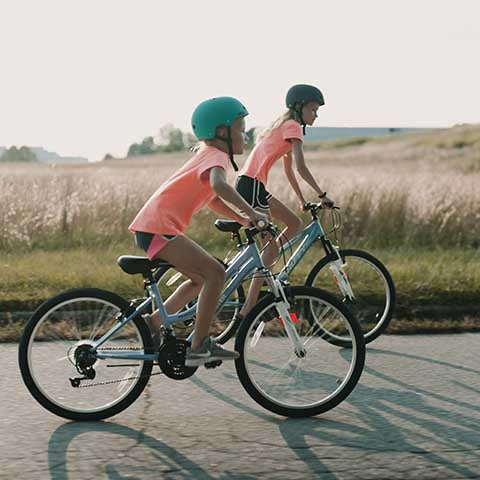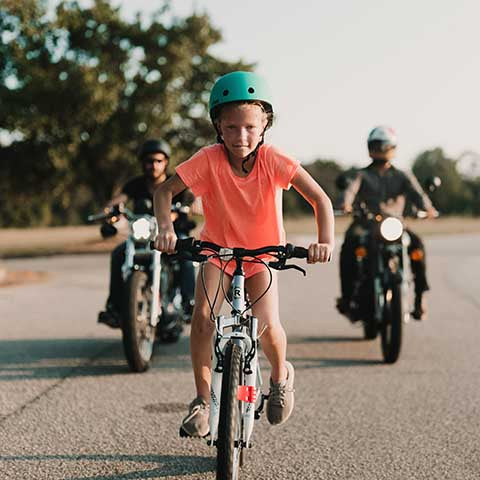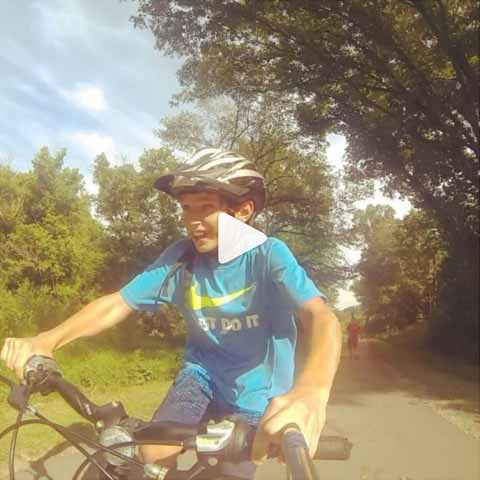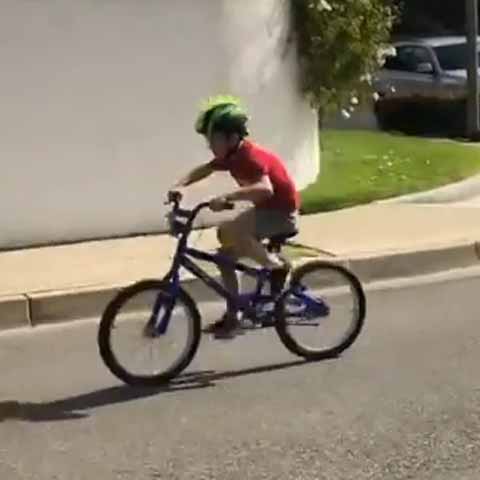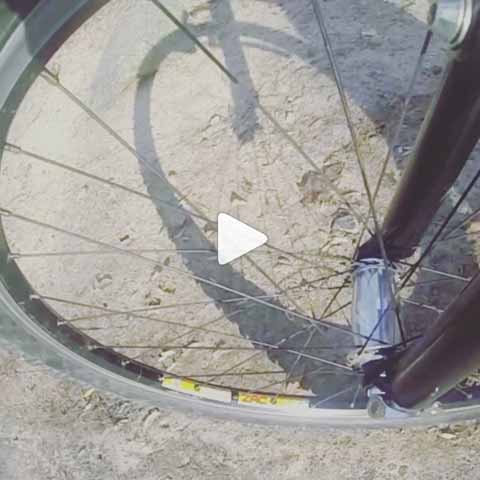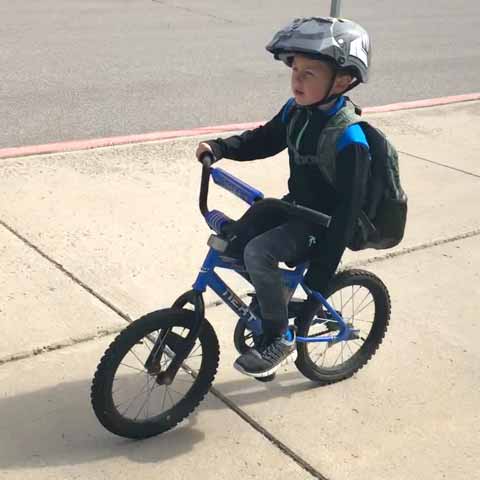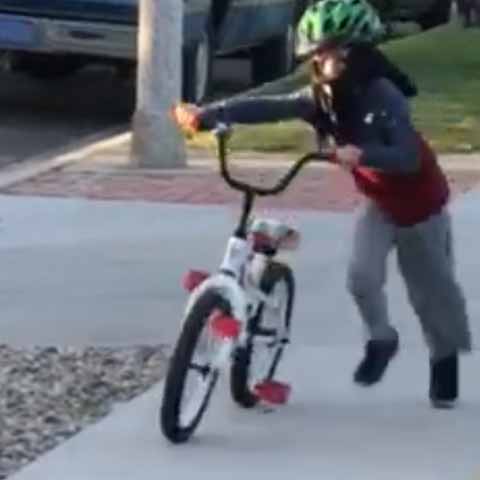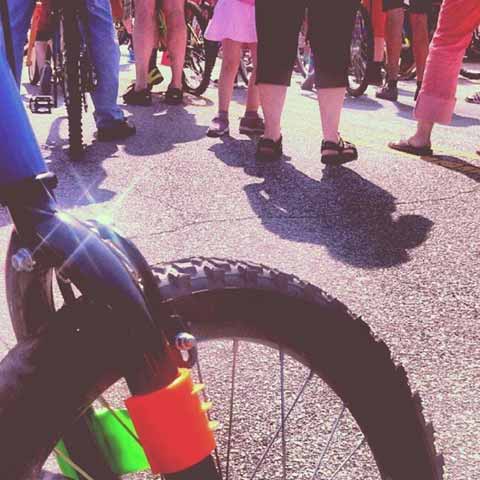Going Clipless: Not Your Father's Bike Pedals
Okay, boys and girls, time to clip into clipless pedals! "But that doesn't make any sense." Neither does parking on a driveway and driving on a parkway, but we'll get to that.
First, some history. Bikers have long known that the balls of their feet should be dead center over the pedals for the most comfortable and effective riding experience. This is easy to do when you're cruising along the boardwalk or spinning circles around the cul-de-sac. It's not always so easy to do when you're kicking in the afterburners during a road race or careening around boulders on single track. In these and similar scenarios, you need a more secure hold between your feet and the pedals.
Toe clips became the first solution to this challenge. These babies are basically metal or plastic baskets (sometimes called cages) that hold your feet in place with straps. Although perfectly usable, they aren't exactly, well, perfect. Too tight and they could chafe your shoe or foot and cut off circulation. Getting off requires reaching down to undo the strap, which is less than convenient in emergency situations. And dangling straps show a tremendous talent for snagging. On anything.
By the mid-80s, our friends in Europe decided they'd had enough of this silliness. A French ski equipment company called Look took the lead and repurposed its binding technology to create a new kind of bike pedal. Riders were finally able to securely clip into their pedals without toe clips, thereby making them "clipless" despite the obvious irony. Some people have given in by now and just call them "clip-in." You do what you think is best.
Nomenclature aside, clipless systems consist of two main parts: special pedals and cleats. The pedals are special because they're designed to go with the cleats. Cleats are metal devices attached to the soles of special shoes to connect them to the special pedals. It's all very special, but the underlying idea is that they provide a much better and more versatile foot-to-pedal connection. Let's take a closer look at this system and see why it's all the rage these days.
How Clipless Pedals Work
Hopping into clipless pedals is pretty straightforward. Step onto the pedal and listen for the reassuring click letting you know the cleat's locked in. Getting off takes some getting used to, but it's still a much easier (and safer) process than using toe clips. Rather than pulling your feet up as you would to dismount from normal pedals, swing your heels out first to disengage the cleats. It's all about muscle memory, and nothing a little practice can't take care of.
Just like there are different styles of riding, there are also different styles of clipless pedals. To wit:
- Walkable System: "Walkable systems"—get this—make it easier for you to walk in clipless shoes. The cleats are recessed into the soles, making these kicks great for everything from hiking to commuting. Most use double-sided clipless pedals, which means you don't have to worry about checking to see if the right side is facing up in order to lock in. This is great for mountain bikes when you may need to detach and reattach in quick succession over rough terrain.
- Road System: Dipping further into the cycling industry's bottomless well of creativity, "road systems" are designed for road bikes. Road system soles are thinner, lighter, and stiffer than their walkable counterparts. This means the cleats protrude a bit, and therefore walking very far is not a comfortable proposition. These systems tend to be single-sided, but most are weighted to hang with the cleated side up so that it's fairly easy to get in and out without looking down. Of course, the nice thing is that you can wear regular shoes for casual rides simply by using the pedal's flatter traditional side.
Bike manufacturers realize that people come in all shapes and sizes. So, rather than cementing your feet in place, modern clipless systems offer built-in flexibility called "float." This allows for slight lateral movement, which helps in finding ideal pedaling position. The ability to pivot also eliminates the danger of misalignment between your feet and knees.
Similar to float, "tension" allows you to adjust the ease of getting in and out of the pedal. Road racers tend to like firmer tension so that their feet stay planted during sprints. Mountain bikers, on the other hand, may want something a little looser so they can detach quickly if they lose their balance in the hills. With double-sided systems, riders can alternate tension on each side of the pedal so they're ready for different scenarios. Clever, huh?
Why Clipless Pedals Have Become So Popular
We've already touched on some of the reasons behind the spread of clipless pedals throughout the cycling community. For instance, they're easier on your feet and less cumbersome to use than toe clips. They also keep your feet securely attached to the bike while still allowing for some wiggle room. Knowing exactly where your feet will be each and every time you ride also lets you customize other parts of the bike (e.g., seat height) for maximum comfort. But, where riders really see a difference is in their performance.
On flat pedals, your feet aren't secured to the crankset. This means you can only add power to the rotational force by pushing down since pulling up will simply remove your feet from the bike. In a clipless system you generate power in both directions, down and up. This spreads the work across two muscle groups (quadriceps and hamstrings), delivering continuous power throughout each crank rotation. All in all, a win for mechanical efficiency.
A clipless system is also a friend in need on hills and rough terrain. Constant connection means upstrokes can create short bursts of power to prevent deceleration or stalling on steep gradients. This accomplishes the same thing when you're venturing through loose material like sand or over obstacles that require you to kick the rear wheel up without losing momentum.
Bottom line, the clipless route gives you better control while more evenly transferring your energy to the bike. Plus, you can spend less time adjusting your foot position and more time concentrating on what's in front of you (you know, like trees and other immovable nature).
Getting Started with Clipless Pedals
These types of systems certainly add a layer of complexity to the everyday two-wheeled setup. Let's see if we can simplify the startup experience. Here are a few tips for the aspiring clipless pedalist in your family:
- It's okay to try things out with an inexpensive system, these work just fine. If they decide they like it, go ahead and upgrade to a lighter, more durable model. Otherwise, pocket the cash until the next time you're asked for something new they can't live without.
- Look for a single pedal-shoe system rather than purchasing them separately. If buying separately, try to choose both from the same brand. They may not be compatible with one another otherwise, so be sure to check closely.
- Note that cleats are sold with clipless pedals, not with shoes. So, you'll need to buy cleats separately if multiple pairs of shoes will be used with a particular set of pedals within your own little family rideshare program.
- Clipless shoes aren't tennis shoes and shouldn't fit like them. Road-system shoes are meant to be snug all the way around. Riders should be able to wiggle their toes but not lift their heels. The same goes for walkable systems, except with slightly more space in the front for more comfort when walking.
- Practice, practice, practice. And do everyone a favor by practicing on grass where falling comes with less risk than concrete. Be ready, it's going to happen.
- On that note, practice falling! Overcoming the instinct to brace for impact with your arms in favor of rolling onto the back of your shoulder can prevent potential hand or wrist injuries down the line.
- Going clipless means stepping up one's riding game. So, it's more important than ever to have the proper safety equipment, including bike helmets, knee and elbow pads, chest protectors, goggles, and any other protective gear recommended for a particular cycling style.
If you or your kids are recreational riders and rarely get more gnarly than a couple laps around the block, don't go gangbusters figuring out how to incorporate clipless into your repertoire. If, however, you or they are thinking about organized competitions, regularly commuting long distances by bike, or like to tackle different kinds of on- and off-road challenges, then it's a different story. You all may find you love the difference when it comes to improved comfort and performance.
← Older post Newer post →
